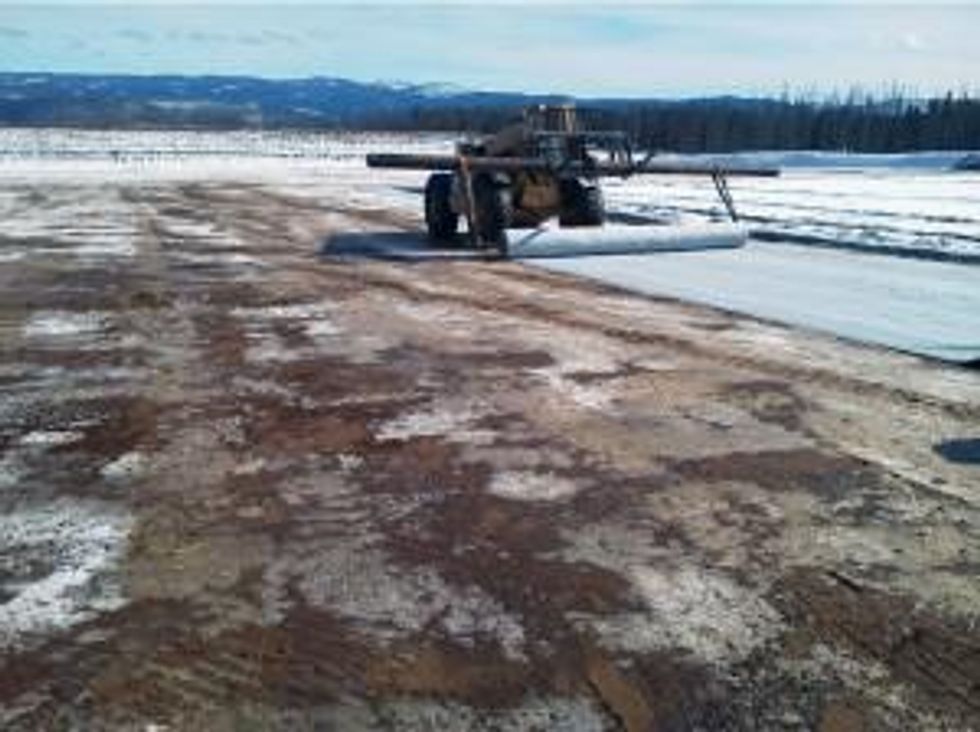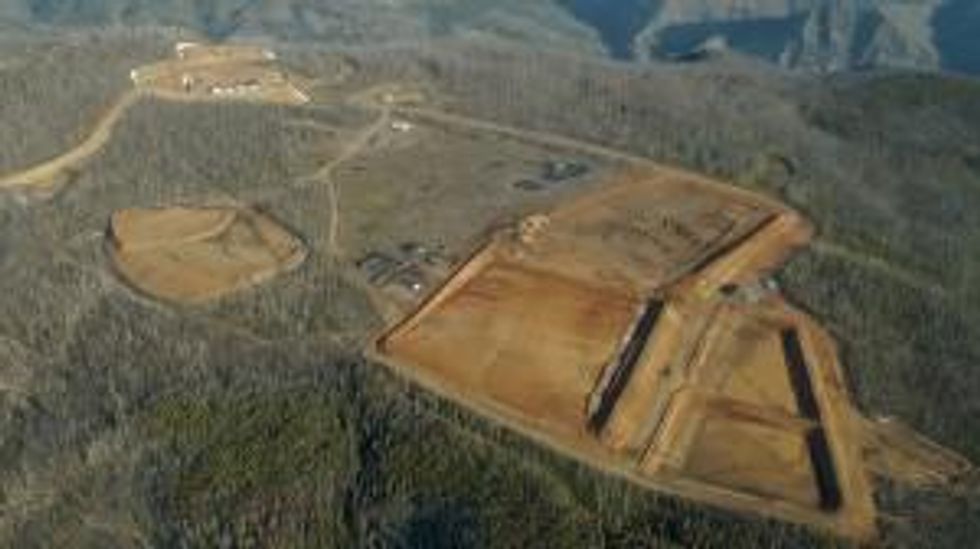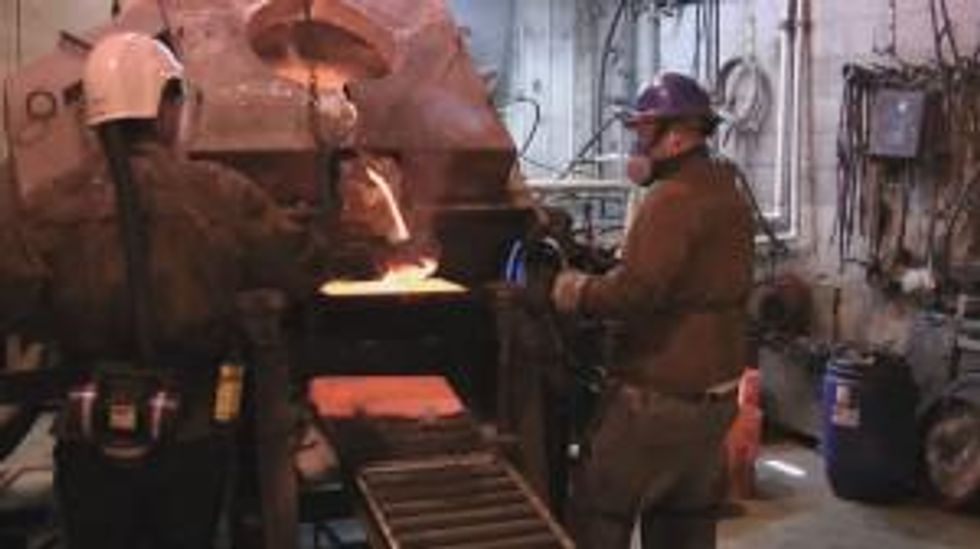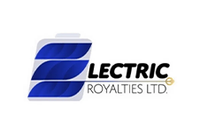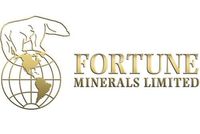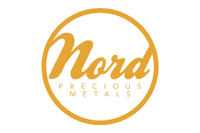Cobalt Investing News sat down with Rick Honsinger, vice president of corporate communications at Formation Metals, to discuss the company’s Idaho Cobalt Project.
Cobalt Investing News (CIN) had the opportunity to speak with Rick Honsinger, vice president of corporate communications at Formation Metals (TSX:FCO), about the company’s Idaho Cobalt Project and the outlook for the cobalt market.
CIN: Can you please provide a brief history of how Formation Metals came into existence and explain the company’s primary objective?
Rick Honsinger: Formation Metals was founded in the late 1980s, and three of the four founding directors are all still part of the story. Initially, Mari-Ann Green, our CEO, came from the oil patch in Calgary and she was the business and finance side of things. Three geologists formed the rest of the group. Initially, what we would do was go out and get hold of projects from underliers and prospectors and then package them up a little neater by getting some professional geology done on the properties and writing industry-standard professional reports. Then we would present them to potential joint venture partners, typically a major, who could spend money to move the projects forward. That philosophy worked very well for us for a number of years, right up to the mid-1990s when we came across the Idaho Cobalt Project. That project warranted enough interest for us to raise our own money and develop it further. As we took it from initial exploration and development into scoping studies, then onto pre-feasibility, feasibility and bankable feasibility, we realized that we actually had a viable deposit on our hands. We decided to move it forward ourselves with our shareholders and maintain a 100-percent interest in the project. Over the course of several years, we raised several million dollars to take it to where it is now. The project is now a fully permitted, primary cobalt deposit that is under construction. We are in stage two of construction and are currently seeking additional financing to be able to complete the construction.
Formation secured $5 million from a private investor in October, and from your most recent news release, dated December 12, all of that money was put towards constructing the Idaho Cobalt Project. Can you give our readers a sense of where the project is at in the construction timeline?
RH: The $5 million raised was used to get time-critical construction tasks accomplished before we got snowed out for the winter. That included getting the liners in place at the tailings waste storage facility and work on access road and portal bench construction to prepare ourselves for underground development. Once we have secured the money that we need to conclude the financing, we’re ready to start that underground development. To get to the ore face will take been nine and 14 months – we’ll call it a year. So once we’re fully financed – and we don’t know exactly when that will be as the financial markets are pretty weak right now – we’re about nine to 14 months away from initial production.
CIN: Your website notes that the Idaho Cobalt Project will cost about $160 million in capital expenditures. How much more money for financing does Formation still need to raise?
RH: It’s on the order of $100 million to $120 million. We raised $80 million in March 2011 in equity and now we’re looking to do the balance by other means outside of equity, such as some form of debt financing, offtake arrangements and forming strategic partnerships. This includes taking into account additional monies required for bonding, finance costs and general working capital.
CIN: Formation is unique in the sense that between the Idaho Cobalt Project and the Big Creek Hydrometallurgical Complex, it has a diverse portfolio of metals. You’re mining for cobalt, but also for copper, silver and gold. You are also exploring for uranium. Where does cobalt fit into this mix?
RH: We were initially exploring for gold, silver and other base metals, including copper, but we became aware of the Idaho Cobalt Belt and discovered the unexplored primary Idaho Cobalt Project. As our flagship property, it is the one that is the closest to realizing a revenue stream for our shareholders, so that’s what we’re pursuing. But yes, we do have other projects where we are exploring for copper, gold, silver, lead and zinc. We also have a joint venture with Cameco (TSX:CCO,NYSE:CCJ) and AREVA (EPA:AREVA) in the Athabasca Basin on two uranium projects. One of those, the Virgin River project, is highly prospective and has returned uranium values as high as 33.9 meters grading 8.78 percent U3O8.
CIN: How much cobalt will the mine produce and how does that compare to other large producers in Africa, where the majority (around 70 percent) of cobalt comes from?
RH: It’s an 800-ton-per-day operation and it’s going to produce about 1,500 metric tons of high-purity cobalt metal annually over a minimum 10-year mine life. If you include inferred material, it’ll be at least 14 years of mine life. 1,500 metric tons a year doesn’t sound like a lot because the annual production of cobalt worldwide is on the order of about 70,000 metric tons; however, not all cobalt is created equal. For example, there are different types of cobalt produced as saleable end product and they’re all of varying purities. What we can produce is what’s known in the industry as high-purity cobalt, or HPC, and that is the only type of cobalt that’s suitable for critical applications in the superalloy sector. What I’m referring to specifically is the moving parts of jet engine turbines. These are jet engines that are used in land-based jet engine turbines for generating electricity; perhaps more importantly, every single jet engine on the planet has a significant amount of cobalt in it. Now, of those 70,000 metric tons of cobalt that are produced annually, only about 12,000 to 18,000 metric tons are produced in metal form. And of that amount, only about 6,000 metric tons are suitable for critical applications in the superalloy sector. So if we can produce 1,500 metric tons out of a 6,000-metric-ton market, that’s pretty significant on a worldwide scale.
Let’s talk about the deposit. Cobalt is normally mined as a by-product of copper and nickel. How are the metals distributed and how difficult is it to separate out the cobalt? Do you have any significant processing challenges?
RH: There are no significant processing challenges and we know this from extensive metallurgical test work done for the Bankable Feasibility Study and the National Instrument 43-101 Technical Report. We’re fortunate enough to have what is known as a low-sulfide deposit. That’s a good thing because it means there are not a lot of other sulfide minerals in the ore that would be problematic for the metallurgy. It’s very clean ore. The mine will produce a concentrate that is amenable to hydrometallurgical processing to extract the cobalt and to solvent-extraction electrowinning to extract the copper. We own and operate the hydrometallurgical refining complex that has precious metal refining circuits that will be able to extract the gold. So metallurgically speaking, it’s a clean ore that allows us to extract primary cobalt, secondary copper, secondary gold and produce the high-purity end-product metals at our refining complex.
CIN: Formation says it’s a low-cost cobalt producer, at US$7.73 per pound, which is well below marginal cost. What accounts for this low-cost environment?
RH: It has to do with the ore being amenable to hydrometallurgical processing and the fact that we own and operate a hydromet facility that can produce the high-purity end-product metal. The key is being able to use our own facility to mine, mill, concentrate and refine ore that is not problematic metallurgically — that is what allows us to produce cobalt at US$7.73 per pound. That cost includes G&A (general and administrative) — mining, milling and refining — and it doesn’t include any gold credits. So we are probably in the top 10 percent of low-cost producers worldwide.
CIN: Formation has said it will be the only high-purity cobalt manufacturer in North America when its starts producing. Is the company going to sell all of its production to the US market, which, as your website points out, consumes 60 percent of the world’s cobalt?
RH: Obviously the US is a primary consumer of high-purity cobalt and it does not have a domestic source. So it would make sense for US end-product consumers to be our primary customers.
CIN: Cobalt prices have declined over the past 18 months due to oversupply. What is your price forecast for the medium to long term?
RH: The high-purity cobalt that we produce trades at a significant premium over the metals that you see priced on the London Metal Exchange, which is the material considered in oversupply. We anticipate a rise in prices and we are actually surprised that this hasn’t already occurred because a lot of cobalt comes from areas with a high level of political unrest and it wouldn’t take much for a change in the situation in those countries to have a significant impact on cobalt supply. At least in the medium and longer term, we are expecting prices to rise and to witness wider price gaps between high-purity cobalt and cobalt of lower purities.
Workers at the Sunshine Precious Metals Refinery conduct an anode pour from silver-rich source materials.
CIN: Formation has put out some good news this year, but that has not been reflected in its stock price. What do you think is the catalyst that will cause investors to start bidding up the price?
RH: I think it will be three things. Obviously the financial markets need to turn around to offer investors some more confidence in investing in equities and certainly in the resource sector. The resource sector has been affected all across the board, from the juniors to the mid-tier and majors. The other thing I think will help is to see a rise in cobalt prices and prices for other commodities. We are one of the few games in town that will be producing cobalt, so a rise in cobalt prices will put us back on the radar. The last thing, of course, is for us to be successful in concluding the final stage of mine financing. I think either one of these catalysts — or a combination of them — would result in a positive effect on our market cap. We are also working on a new concentrate processing business at our refinery, which is expected to have a significant impact on revenue generation moving forward.
CIN: Thank you for taking the time to speak with me.
RH: My pleasure, I appreciate the opportunity to discuss the company and our projects.
Securities Disclosure: I, Charlotte McLeod, hold no direct investment interest in any company mentioned in this article.
Editorial Disclosure: Formation Metals is a client of the Investing News Network. This article is not paid-for content.

